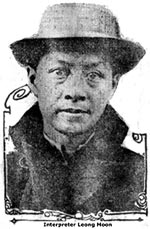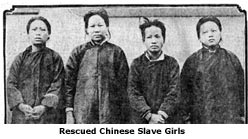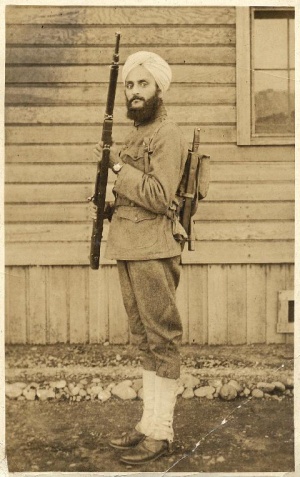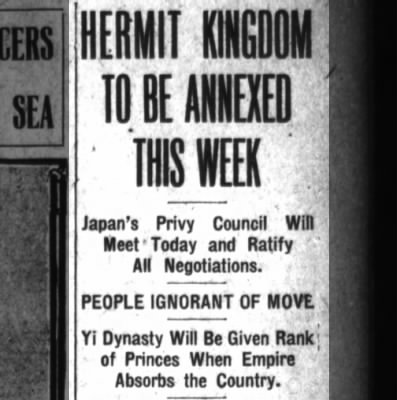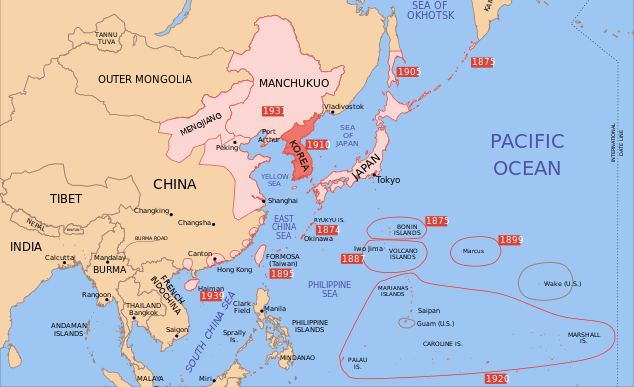

James Wong Howe, born August 28, 1899 in Canton, China, would become revered as one of the greatest cinematographers in cinema history. His father worked in America on the Northern Pacific Railway and in 1904 brought over his family. The Howes lived in Pasco, Washington, where they owned and worked at a general store. During his teenage years Howe moved to Oregon following his father's death and took in a brief stint as a flyweight boxer before settling in Los Angeles, California. Howe began his career as a commercial photographer's delivery boy as well as a busboy in the Beverly Hills Hotel. Howe later found low-level work at Lasky Studios which allowed him to meet silent film director Cecil B. DeMille. DeMille hired Howe as a clap boy and was discovered during this time for these skills in photography. Howe was a strong utilize of shadowing, and one of the first to use deep-focus cinematography: photography where both foreground and distant planes remain in focus. Prior to his success in the 1930s and 1940 Howe was creating innovations during the Silent Film era that would revolutionize cinema. One technique he used for shadowing consisted of making eyes look darker by photographing a person while they were looking at a dark surface. As Mary Miles Minter was his test subject for this photograph Howe became her preferred photographer and in 1923 was given a position as head cameraman for his first film, capturing Minter's close-ups in the film Drums of Fate. For these close ups he mounted black velvet around the camera frame. Howe became known as the man who could make actresses look their best without using tricks. In 1928, Howe was shooting backgrounds for a film in China that he wanted to direct, parts of the film were used in Shanghai Express. On his return to Hollywood, he was dumbstruck to find that Sound film or "talkies" had largely replaced silent films. His lack of experience in sound film left him out of work until William K. Howard hired him as the cinematographer on Transatlantic in 1930. Howes success in Transatlantic carried on into the 1930’s and 1940’s. His affect on Pop Culture can be seen in any film, which utilizes his cinematic techniques and photography. His success in Hollywood opened windows for future careers of Asian Americans in media. He has over 130 films to his credit and a legacy for Asian America.
http://www.cinematographers.nl/GreatDoPh/howe.htm
http://www.famouschinese.com/virtual/James_Wong_Howe
Ty Tran Nguyen
